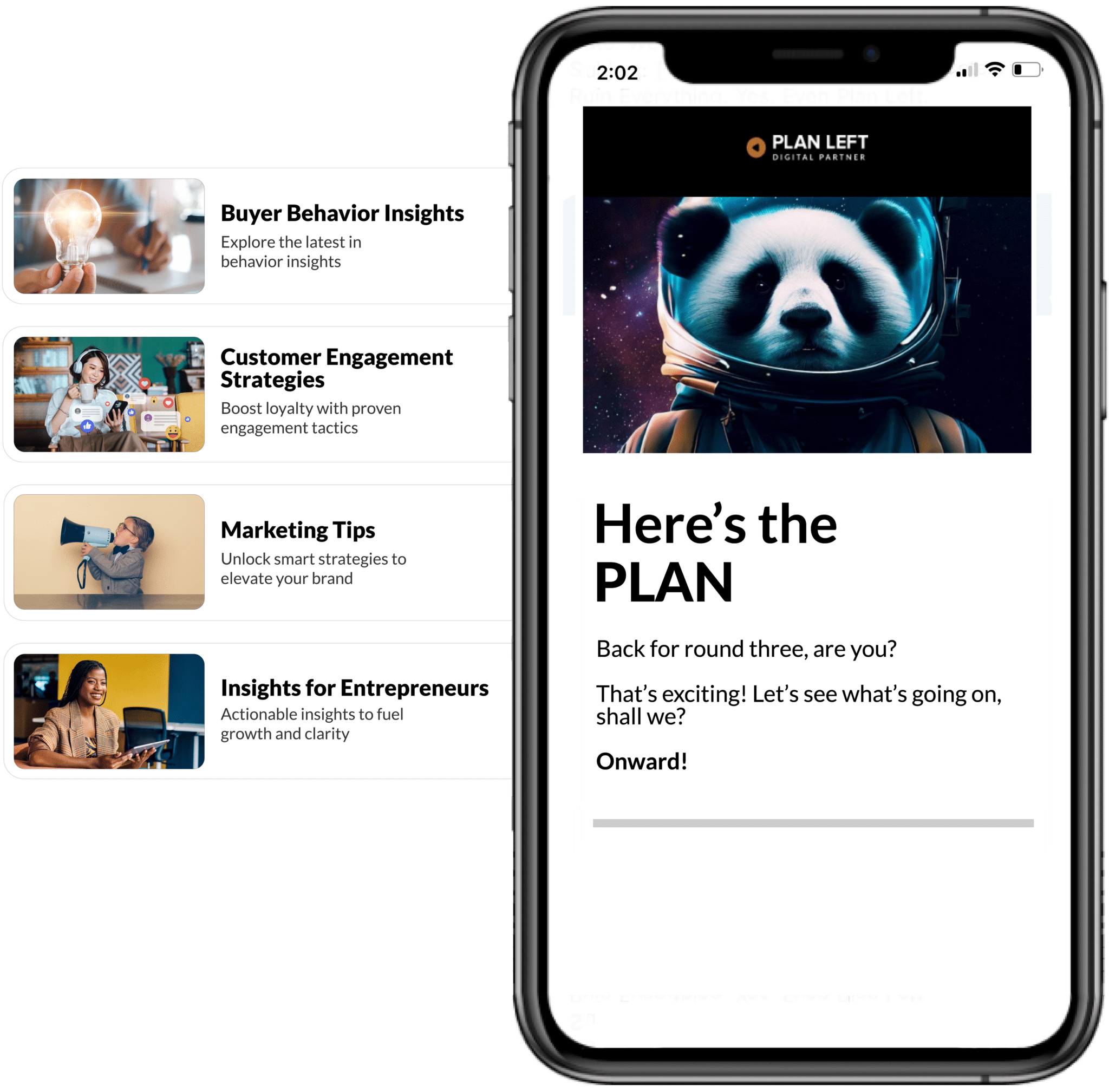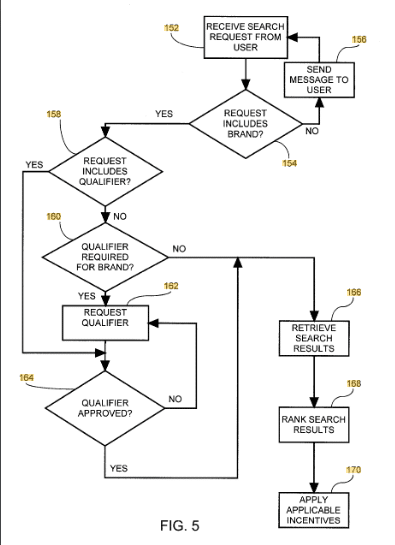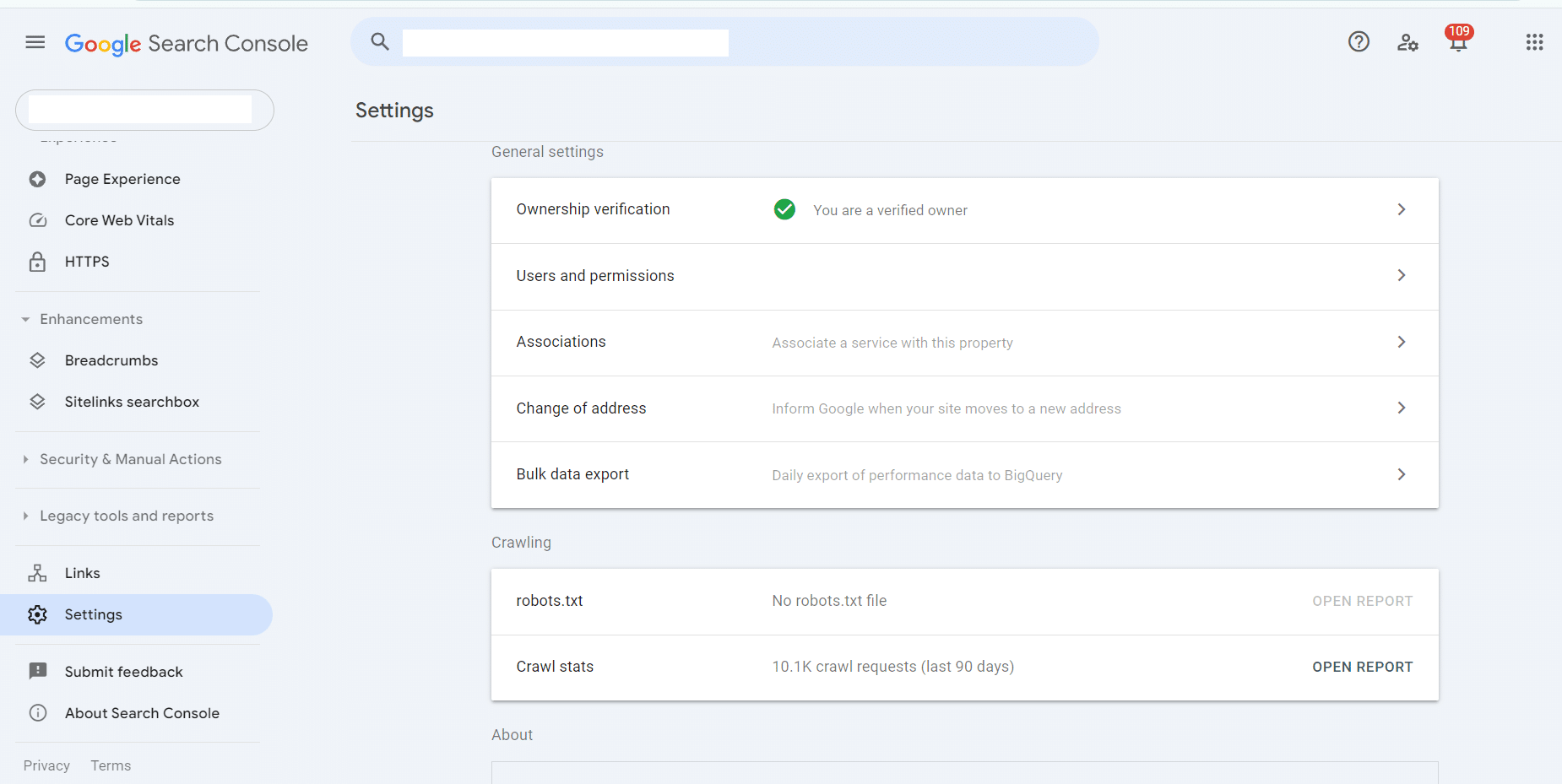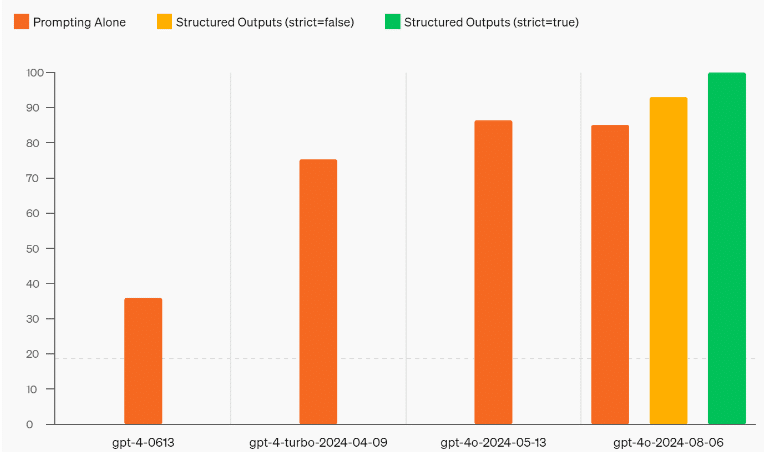
Branded search is now a Google patent. If you’ve been with Plan Left for awhile, you’ve heard us talk about this but if you are new, welcome! And also, this may come as a surprise. Gone are the days of backlinks. Also, Google’s “Search Off the Record” talks website crawling myths, Apple goes toe-to-toe with the EU and OpenAI releases tools to help with structured data.
Google Patent for Branded Search
Google’s recently awarded patent confirms the shift in how branded search results are prioritized, focusing on factors related to a brand’s reputation and user interaction. In simpler terms, Google is moving away from traditional metrics like backlinks. Instead, it’s looking more at how users engage with your brand across the web, including:
- User Behavior: How often users click on your brand’s links in search results.
- Brand Mentions: References to your brand across different platforms, even if they aren’t linked.
- Reputation Signals: Reviews, ratings, and other indicators of public perception.
This aligns with insights we’ve shared at Plan Left in blogs like Brand Mentions are the New Backlinks. The value of a backlink is no longer just about the link itself but about the overall context in which your brand appears.
Source: Google Patents, Systems and methods for internet searching
Google’s patent confirms that brand presence and reputation online have a direct impact on search rankings.
The Challenge for Brands
Brands now face the challenge of taking a proactive approach to online reputation management. It’s no longer sufficient to focus solely on traditional SEO tactics like link-building and keyword optimization. Your brand’s story—how it’s perceived and talked about online—directly influences where you appear in search results.
To stay competitive in search rankings, it’s time to rethink your SEO strategy:
- Assess Brand Mentions: Evaluate where and how your brand is mentioned online. Are these mentions positive? Are they authoritative?
- Build a Community: Foster a community around your brand that actively discusses and engages with your content.
- Engage with Reviews and Comments: Actively monitor and engage with reviews, comments, and other content that could impact your brand’s reputation.
What You Should Focus on Moving Forward
This new patent doesn’t come without its challenges, but it also presents opportunities for brands to boost their online presence. Here’s what you should focus on:
- Create high-quality content that naturally encourages engagement and mentions.
- Incorporate strategic efforts to manage how your brand is mentioned in the press and across social media.
- Highlight user engagement metrics like click-through rates and dwell time by improving website usability.
As Google continues to refine its algorithms, the importance of brand presence and reputation becomes more pronounced. It’s important to adapt to these changes so that your brand can maintain a strong position in the SERPs.
Search Off the Record Talks Crawling Myths
Google’s latest “Search Off the Record” podcast discusses the challenges of web crawling and clears up some common myths about Google’s crawling practices. One of the primary misconceptions they addressed is the belief that increased crawling by Googlebot is a direct indicator of a website’s quality.
While it’s true that high-quality content can lead to more frequent crawling, other factors like site changes or technical issues can also influence how often Googlebot visits a site. The hosts emphasized that Google’s goal is to optimize its crawling processes to be more efficient, aiming to crawl less overall while still making sure that important content is discovered and indexed.
The Technical Side of Google Crawling
The podcast also talks about the technical aspects of crawling, such as the use of HTTP response codes like 304 (Not Modified) and the management of URL parameters. Efficient use of these can save bandwidth and resources, making the crawling process more efficient.
However, challenges arise when servers or hosting providers block Googlebot, which is often the reason for confusion about the source of the problem.
Recommendations from Google
If you are not a person with a technical background, that’s okay. Google provided some tips and recommendations for making sure you are optimizing for crawling efficiency:
- Use HTTP Headers Wisely: Google recommends using the “If-Modified-Since” HTTP header to indicate when content has not changed, reducing unnecessary crawling.
- Manage URL Parameters: Site owners should effectively manage URL parameters to avoid duplicate content crawling. Tools like robots.txt can be used to block certain parameters.
- Monitor Crawl Stats: Regularly checking the Crawl Stats report in Google Search Console can help site owners understand how their site is being crawled and identify issues with server response times or errors. You can access your website’s crawl stats via Settings in the side menu.
- Optimize Server Response Times: Improving server response times can enhance crawling efficiency. Slow response times can limit the number of pages Googlebot can crawl.
Source: Google Search Console
Remember to also include a technical audit of your website semi- or bi-annually, but especially after any updates or major changes to the website. It is vital to catch any technical issues as soon as possible to prevent any possible negative impact by Google or other search engines.
Watercooler Highlights
As consumers, we all appreciate having choices in the things we are looking for. But what are we, the consumers, willing to give up in the persuit of options? Apple and the Europena Union (EU) are in a back and forth over that very question. Plus, OpenAI announces tools to help developers and tech savvy business owners with structured data.
OpenAI is Simplifying Structured Data
OpenAI has rolled out tools powered by their advanced language models to tackle the challenges of structured data. These tools are designed to make the process of working with structured data more efficient and less time-consuming. Think of it as having a smart assistant that can handle data extraction, transformation, and integration, allowing developers to focus on more creative and strategic tasks.
By streamlining data workflows, industries across the board can boost their efficiency and focus more on delivering value to their clients.
“On our evals of complex JSON schema following, our new model gpt-4o-2024-08-06 with Structured Outputs scores a perfect 100%. In comparison, gpt-4-0613 scores less than 40%.” – OpenAI
Source: OpenAI, Introducing Structured Outputs in the API
How It Works
The new feature is available in two forms:
- Function Calling: This allows developers to define functions that the model can call, making sure that outputs match the function’s schema. It’s ideal for applications where the model needs to interact with tools or databases.
- Response Format: This is used when the model’s response to a user query needs to adhere to a specific structure. It’s perfect for applications like math tutoring, where the response needs to be formatted in a particular way to be displayed correctly.
In a nutshell, OpenAI’s is improving how developers and tech savvy business owners interact with structured data. By making data management more streamlined and less labor-intensive, these tools improve individual productivity but also hold the potential to drive advancements across various industries.
Apple vs EU’s Sideloading Showdown
Apple’s clash with the European Union (EU) over sideloading apps is taking center stage. At the heart of this debate is the EU’s Digital Markets Act (DMA), which aims to promote fair competition and consumer choice in the tech industry. One of the potential requirements of the DMA could push Apple to allow sideloading on its devices, meaning users could install apps from outside the official App Store.
Apple, however, is pushing back, citing security and privacy concerns. The company argues that the App Store’s stringent guidelines and review processes are important for protecting users from malicious apps and safeguarding their personal information. Apple’s concerned that sideloading could open the floodgates to malware and data breaches, undermining the secure ecosystem it has worked hard to build.
Impact on Consumers and Developers
This debate essentially boils down to consumer choice versus security. The EU wants consumers to have more options and build out more competition, while Apple leans into the importance of maintaining a safe and secure user environment.
For app developers, this potential shift could mean rethinking distribution strategies and facing increased competition from apps not limited by App Store regulations.
Explore Latest Posts
5 Signs Your Business Is Ready to Own Its Marketing (Without an Agency) The default assumption in business is that ... read more
December 31, 2025
From Feast to Famine: How to Create Predictable Revenue in Your Business Three months ago, you couldn't take on another ... read more
December 29, 2025
Why Competing on Price Is Killing Your Margins (And What to Do Instead) When a prospect asks "how much do ... read more
December 25, 2025
Essential Strategies for Entrepreneurs
Get Actionable Business Insights & Marketing Tips
Our newsletter delivers real-world strategies from entrepreneurs who’ve been exactly where you are.
Sign up now for:
- Actionable growth strategies that work
- Insider tactics for attracting top talent
- Real-world case studies from successful founders
- Emerging tech trends that drive innovation
- Pragmatic marketing approaches for visionary leaders







